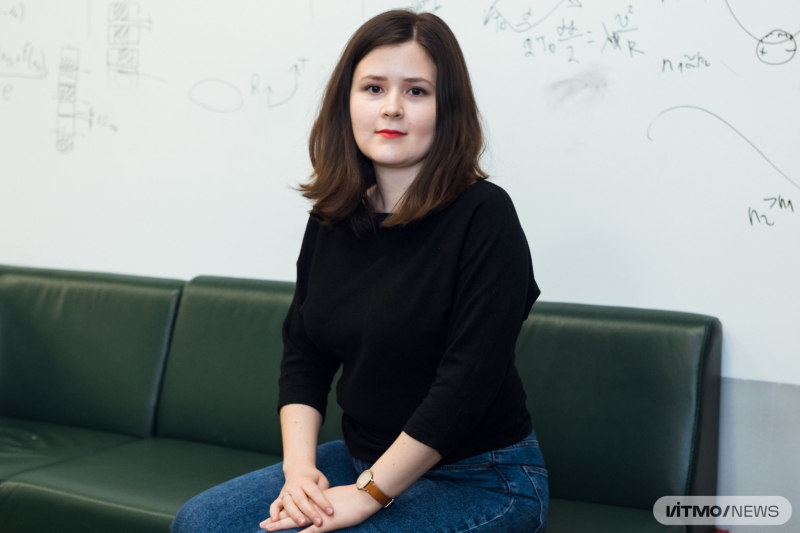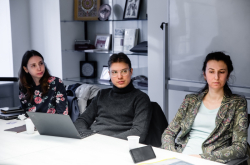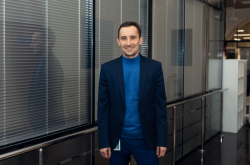You got your PhD from the University of Barcelona, Spain. What research did you do there? What field did you start your career in?
In Spain, I studied the physics of elementary particles. We developed theoretical models of their interactions that could be tested experimentally on particle accelerators, such as the Large Hadron Collider. If our models turn out to be closer to reality than the others, they will help experimentalists uncover new information about particle interactions or even discover new particles.
My work is also partly connected to the Higgs boson. This particle has specific properties predicted by the Standard Model – a compendium of theories that describe electromagnetic, strong, and weak interactions of all elementary particles. However, the Standard Model doesn’t explain dark matter, dark energy, or gravity, which means that it is only applicable within certain physical limits.
For instance, the Standard Model considers the Higgs boson to be an elementary particle, just like photons, electrons, or W bosons. However, according to one hypothesis, the Higgs boson is a compound particle, much like neutrons or pions. We were working on theoretical models for such a compound Higgs boson, which would make it possible to experimentally measure its properties and see if it’s indeed a compound particle.
In our work, we used the so-called holographic approach. The thing is, in particle physics, space and time are united into a single 4D space. In the 1990s, it was suggested that additional measurements could be introduced into particle theory: for instance, the fifth dimension and holographic methods. This way, first, we need to ascribe some additional information to the fifth dimension and then return to the 4D space, acquiring additional properties within the 4D theory. We were developing such 5D models, the fifth dimension being connected to energy.
As a result, we developed a 5D holographic model of a compound Higgs boson that describes its interaction with other particles. If our model is correct, its predictions will help discover new particles sometime in the future, when the Large Hadron Collider has more energy for such experiments.
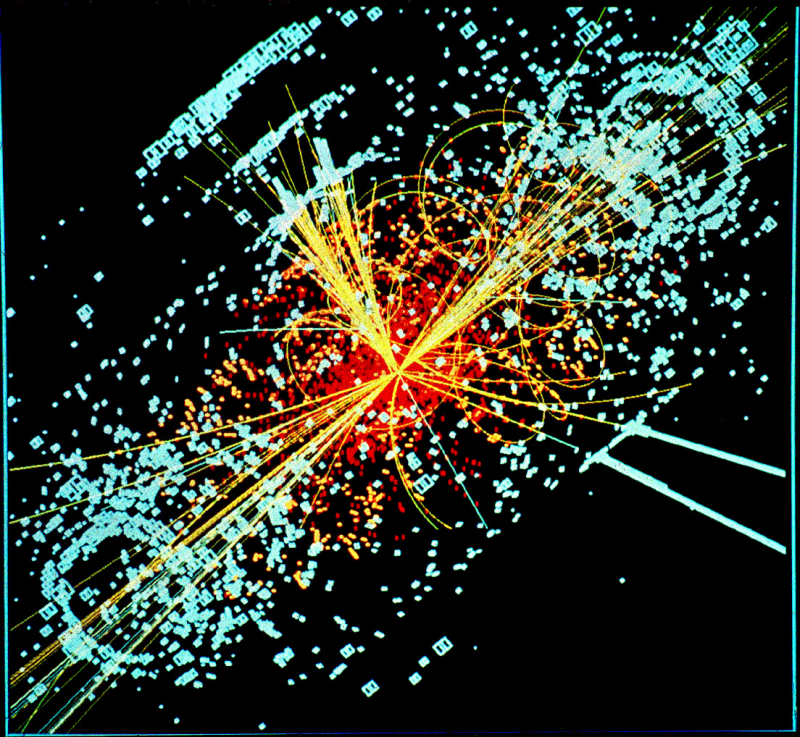
A CMS detector simulation of a Higgs boson production. Credit: Lucas Taylor / CERN / Wikimedia Commons / CC BY-SA 3.0
Why did you choose the career of a researcher?
My academic journey started at the Faculty of Physics of St. Petersburg State University, but I didn’t initially think of becoming a scientist. It all happened gradually. In my third year of studies, we were told to choose a department – and our lecturers really encouraged anyone interested in theoretical physics. I was really interested in the field and, moreover, the university didn’t really have the equipment for more applied research. Also, my third year happened to be in 2012, when the Higgs boson was just discovered. It seemed that the world was on the verge of some grand discoveries about the history of the universe and the Big Bang. This was very inspiring for me.
In your experience in Russia and abroad, have you ever witnessed or experienced any challenges as a female scientist?
I myself haven’t experienced discrimination, but I saw it happen: some male scientists are very prejudiced against women, they just won’t hire one on their research teams. There is also the opinion that childbirth will be an obstacle for a woman’s professional development. However, I have to say that I have never encountered any discrimination at ITMO or St. Petersburg State University. In Spain, where I got my PhD, gender equality generally is an important publicly discussed topic, while incidents of abuse are commonly reported by the media.
You joined the ITMO.Family as a researcher within the ITMO Fellowship program. How did you learn about it? Why did you decide to use this opportunity?
As someone who grew up in St. Petersburg, I naturally knew about ITMO – however, I didn’t know that the university engaged in theoretical physics. Although the field has started to develop here only recently with the launch of the School of Physics and Engineering.
The ad for my current position was posted publicly, which I really appreciated: such vacancies are often only shared within a closed community of students and researchers. By the job description I saw that it was close to what I specialized in and, after I talked to the group head Dmitry Karlovets, I learned more about the ITMO Fellowship program.
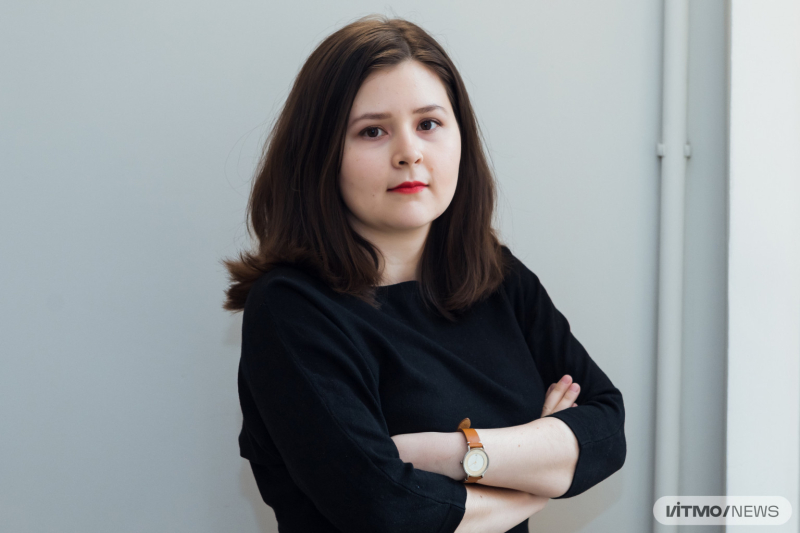
Alisa Chaikovskaya. Photo by Dmitry Grigoryev / ITMO.NEWS
What were your first impressions of ITMO? Was it hard to adapt to your new place of work?
I was pleasantly surprised by the friendly atmosphere both within and outside my research group, as well as the available equipment and the simplicity of communication with the administrative staff. At St. Petersburg State University (SPbSU), where I studied physics, there are great scientists, but the workplace isn’t the most convenient. Moreover, SPbSU’s Faculty of Physics is located in Peterhof, whereas at ITMO the School of Physics and Engineering is right in the city center.
In general, ITMO feels more lively and free. Everyone here is so driven by their work – they love talking about their research. At SPbSU, I used to communicate only with my supervisor, which wasn’t that often either, but here we share our tasks and can chat about our work any time.
What kind of research do you do at ITMO? Are there any results you’re counting on specifically?
I’m part of a research team specializing in the physics of spin particles. These particles have a non-zero orbital angular momentum. This is a new field of study and a lot of experiments have been done in the past 10-15 years. Unlike the studies conducted at CERN, which require massive set-ups and a great deal of energy, spin particle experiments require more compact equipment, cost less, take less time, and yet they also provide us with new information about particle physics.
We conduct theoretical computations that allow us to study the processes in which spin particles are involved. Our task is to identify the differences between the effects that are specific to spin particles and the effects that produce regular particles. This knowledge will come in handy for experimental physicists, whose job will be to run field tests on spin particles and find out which of these particles’ properties could be useful. For instance, my colleagues have some ideas on how to test our models using the collider at the Joint Institute for Nuclear Research in Dubna.
See also:
ITMO Fellow Stanislav Baturin On Megascience Installations and Spinning Particles
ITMO Researchers Twist Particles Using Quantum Entanglement
ITMO Fellowship Stories: Scientist Dmitry Karlovets on Research Programs in Russia and Germany
What is the practical value of these results? In other words – which problems could they help us solve?
Spin particles can be used to boost the speed of data transfer over optical fiber cable or, for instance, make internet connections faster thanks to multiplexing. The thing is, spin particles can carry more information because they possess an additional quality – orbital angular momentum. In the case of optical fiber, data is transmitted via light pulses, or photons. Therefore, the more information we can fit into a photon thanks to its spin, the more data we can transmit in the same amount of time. And thus, spin particles can help us send and receive any information quicker – even if it’s just cat memes.
Another field of application is particle physics, specifically that of hadrons, composite particles that are prone to strong interactions. Now, this is closer to our research. A simple example of a hadron is the proton. In order to identify its internal structure, scientists “shoot” an electron into a proton at high speed and observe how the particles scatter. It was during such experiments that scientists first identified quarks as part of the proton structure. We, however, are interested in how this process will change if we were to use a spun electron.
Our research could also potentially be handy in the study of the universe as a whole. You see, there are different particles that arrive on Earth from space: protons, electrons, photons, neutrinos. Scientists don’t always know what serves as the source of these particles. We learn the answer by studying their qualities – and one such quality is their spin. Spin particles may come from, say, a spinning black hole. Our research involves searching for methods that can help pinpoint spin particles within a larger stream and then assess their properties.
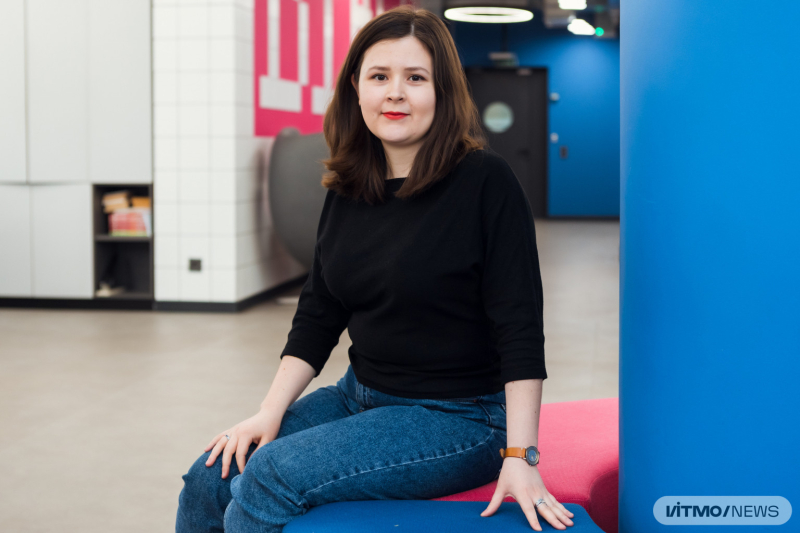
Alisa Chaikovskaya. Photo by Dmitry Grigoryev / ITMO.NEWS
In addition to being a researcher at ITMO, you’re also a lecturer here. What is it that you teach? And how do you deal with the challenges that come with that role?
In the last semester, I taught general physics, which was sort of a challenge because of how removed that branch of physics is from what I usually do. On the other hand, it was interesting to reassess the things I was once taught as a Bachelor’s student.
In this semester, I teach a course on the physics of elementary particles, which contains slightly more complex material. Despite the difficulty, I think that it’s important for both the students and the general audience to learn about the modern understanding of the fundamental nature of our universe. Oftentimes, these theories don’t have a lot of practical applications – but science isn’t just about accelerating technological progress. It’s also about expanding our knowledge of the world we inhabit. Even though elementary particle physics involves a lot of abstract concepts, I believe it’s crucial that students understand the connection between theory and real experiments.
And on the whole, teaching does help you as a researcher. The ability to clearly underline the important aspects of certain theories can come in handy when, for instance, you welcome new students to a research team.
And what do you do in your spare time?
I love to read historical and fantasy novels, play RPGs (such as the latest Pathfinder and Cyberpunk 2077) and strategy games (Civilization and such), and watch TV shows. I’ve been reading everything in English ever since I was 17 and decided I would read books in their original language.
